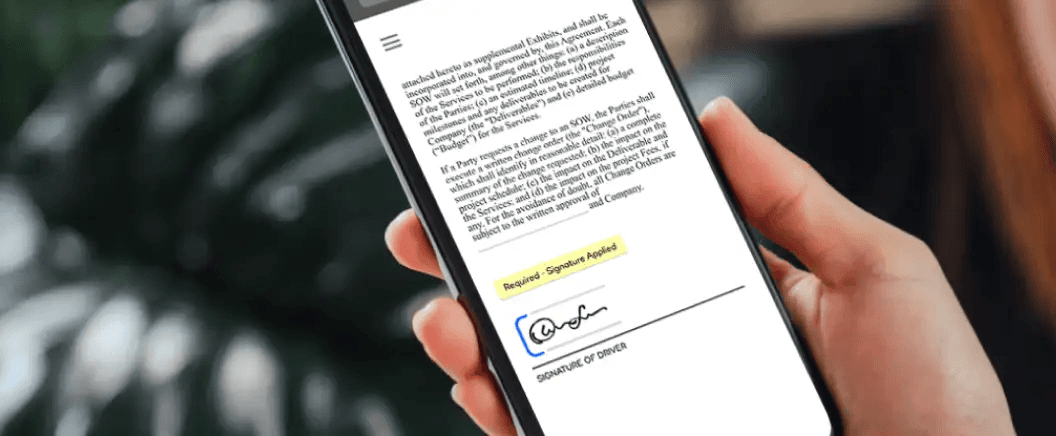Case StudyStream Team: Synthesising Insights - Synthesizing Research Insights to Build Effective User Personas
DocuSign, a leading provider of electronic signature solutions, faced the challenge of effectively synthesizing research insights to create user personas that accurately reflected the needs and behaviors of their diverse user base. Traditional methods of persona creation often led to generic profiles that did not fully capture the complexities of user motivations and goals. There was a need for a structured approach to synthesize research data into actionable and impactful user personas.

The Solution
DocuSign adopted the Jobs to Be Done (JTBD) framework as a core strategy for synthesizing research insights. The key components of their approach included:
- Comprehensive Data Collection: DocuSign gathered extensive qualitative and quantitative data from various research activities, including user interviews, surveys, and usage analytics. This comprehensive data set provided a rich foundation for understanding user behaviors and needs.
- JTBD Framework: The JTBD framework was utilized to shift the focus from user demographics to the underlying motivations and goals that drive user actions. This perspective helped in identifying the "jobs" users are trying to accomplish with DocuSign's products.
- Cross-Functional Workshops: DocuSign conducted cross-functional workshops involving product managers, designers, researchers, and other stakeholders. These workshops facilitated collaborative analysis and synthesis of research data, ensuring diverse perspectives were considered.
- Pattern Identification: The team identified patterns and common themes across the collected data. By analyzing these patterns, they were able to group users with similar motivations and goals, forming the basis of the user personas.
- Persona Development: Using the JTBD framework, DocuSign developed detailed user personas that encapsulated the jobs users were trying to accomplish, their pain points, and the context in which they used the product. These personas were not just static profiles but dynamic representations of user goals and challenges.
- Validation and Iteration: The personas were validated through additional user feedback and iterative refinement. This continuous validation ensured that the personas remained accurate and relevant over time.
Outcomes achieved
The implementation of the JTBD framework for synthesizing research insights led to several significant outcomes for DocuSign:
- Accurate User Personas: The use of the JTBD framework resulted in the creation of detailed and accurate user personas that truly reflected user motivations and behaviors. These personas provided a deeper understanding of user needs beyond surface-level demographics.
- Informed Product Development: The user personas informed product development decisions, ensuring that new features and improvements were aligned with the actual jobs users were trying to accomplish. This alignment led to more user-centric products and higher user satisfaction.
- Enhanced Cross-Functional Collaboration: The collaborative workshops and synthesis process fostered better communication and alignment among cross-functional teams. Stakeholders from different departments had a shared understanding of user needs and goals.
- Improved User Engagement: By focusing on the jobs users were trying to accomplish, DocuSign was able to design solutions that addressed real user pain points, leading to improved user engagement and loyalty.
- Strategic Insights: The synthesized insights from the JTBD framework provided strategic guidance for long-term product planning and innovation. DocuSign was able to identify new opportunities and areas for growth based on a deep understanding of user needs.
